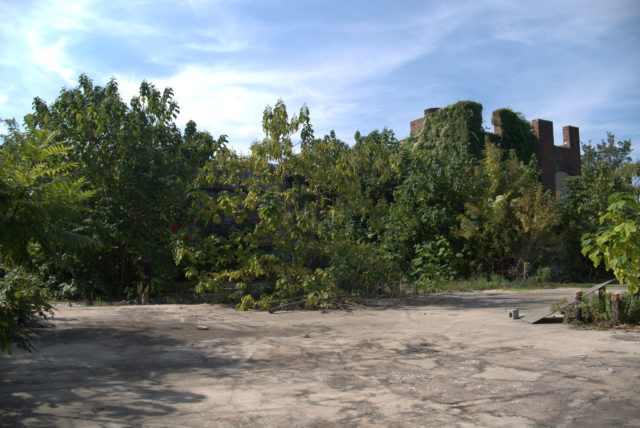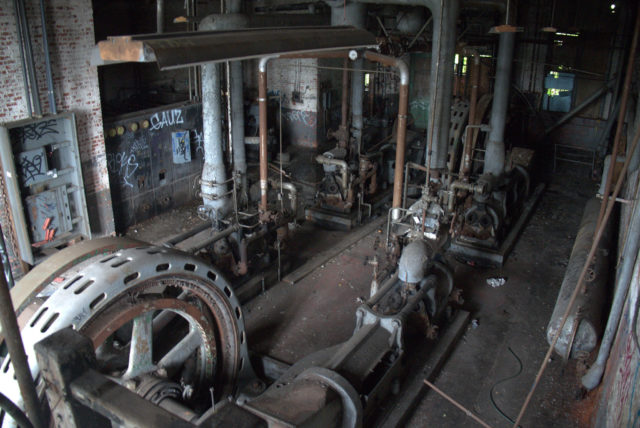From 1835 to 1870, the demand for ice in America rose from 1,000 tons per year to nearly 80,000 tons a year. Providing ice to companies and the wealthy was big business.
The first industrial ice factory in Baltimore appeared in 1825. In 1860, extensive ice storage facilities were built along the Susquehanna River to try and meet the rising demand for ice.
In June 1898, the Knickerbocker Ice Company, which was based in Maine, merged with Consolidated Ice and created the American Ice Company in 1899.
At the head of American Ice was Charles W. Morse. Unfortunately, rising prices and increasing competition led to the company making losses in 1900.
However, that didn’t stop American Ice from operating four large ice factories in Baltimore. In 1906, 103,000 tons of ice was produced by all of these factories.
Artificial ice produced in this way accounted for 70% of the city’s ice, with the rest being taken from nearby ponds and rivers.
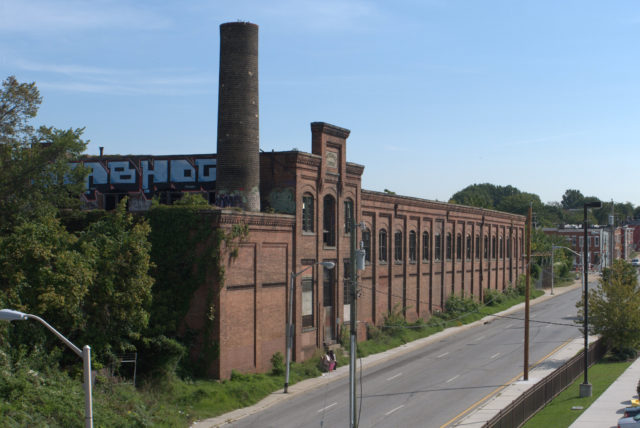
In July 1910, the American Ice Company acquired property at 2100 West Franklin Street, Baltimore, Maryland. The next year, a brick factory was built with the intention of producing artificial ice for delivery to all the Central Atlantic states.
The two-story factory had a warehouse that could hold 14,000 tons of ice.
When the plant began operating in 1911, it could extract 60 gallons of water per minute from two wells that were about 200-feet deep, and it produced 125 tons of ice daily.
By the 1940s, the American Ice Company had become the second-largest distributor of industrial ice in the United States. In 1941, annual sales amounted to $6 million.
However, as refrigerators and domestic freezers became more common in homes and businesses, American Ice changed its practices and, by the 1980s, mainly produced bagged ice for commercial use and dry ice for industrial clients.
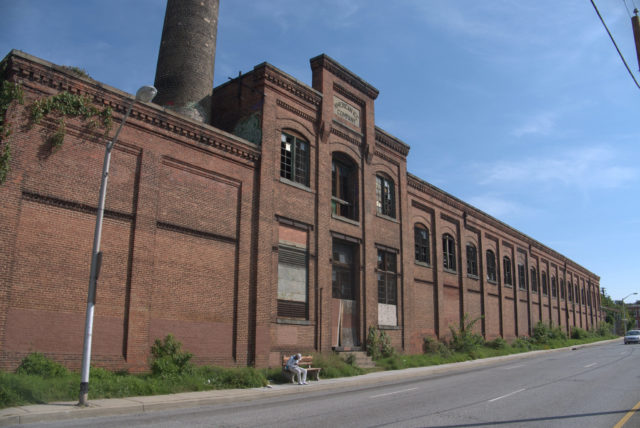
There was a fire at the factory in May 2001, but only the rear of the facility was damaged, so the incident did not stop production.
However, serious damage was caused to the entire building in March 2004 when a more severe fire broke out, and the factory was closed.
In 2013, the abandoned factory was included in the National Register of Historic Places.
Ilya Alter (a developer from Washington) and Bill Struver from Cross Street Partners have developed a project to reconstruct the former factory.
They plan to rebuild the property while preserving the historical structure of the building – a necessary requirement since the building is included in the National Register.
Ilya Alter acquired the property in 2016 for $540,000. He and Struver plan to turn the factory into a multifunctional space, which will include an open-air venue, a concert hall restaurant, and 40 residences.
In November 2018, the project was allocated $2.5 million in the form of state historical tax benefits. However, this is just a drop in the ocean, as the entire reconstruction process will cost $18.7 million.
In July 2019, part of the building was demolished and the construction of a new multifunctional space began. It is anticipated that the project will be completed by the summer of 2020.
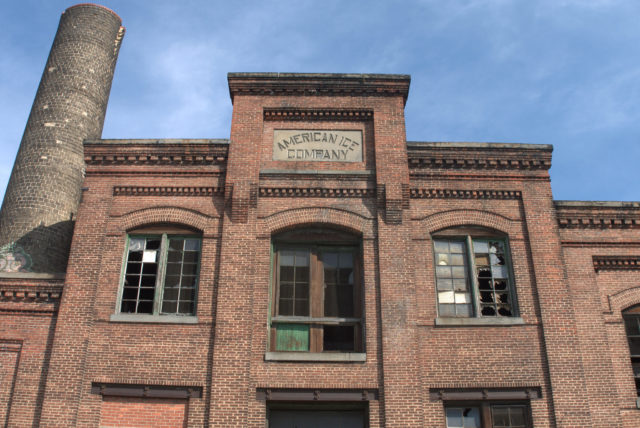
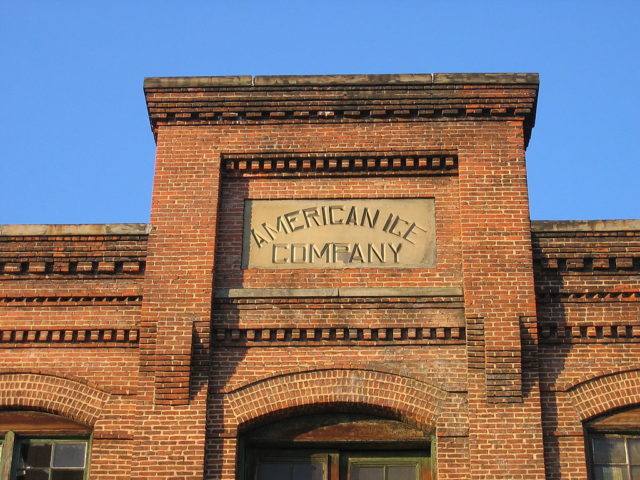
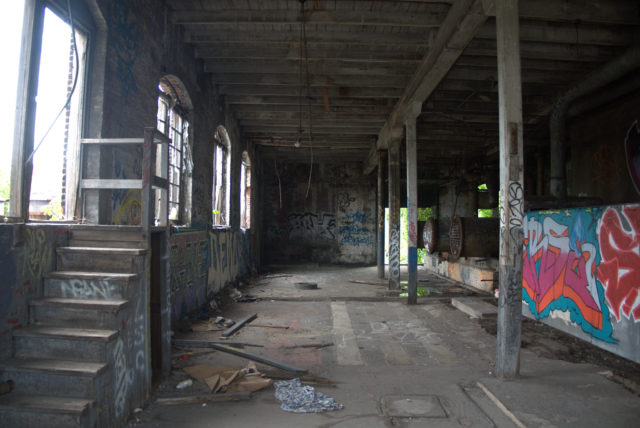
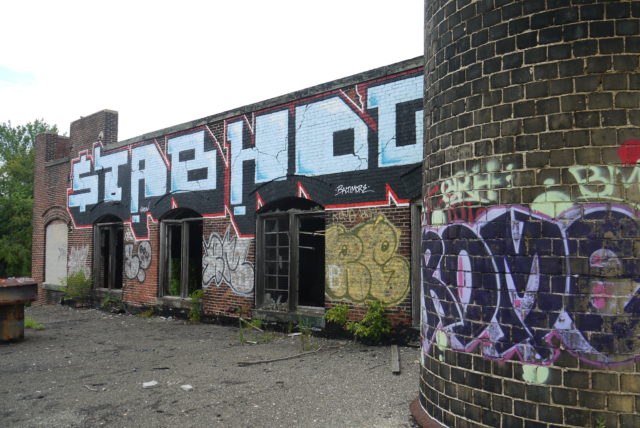
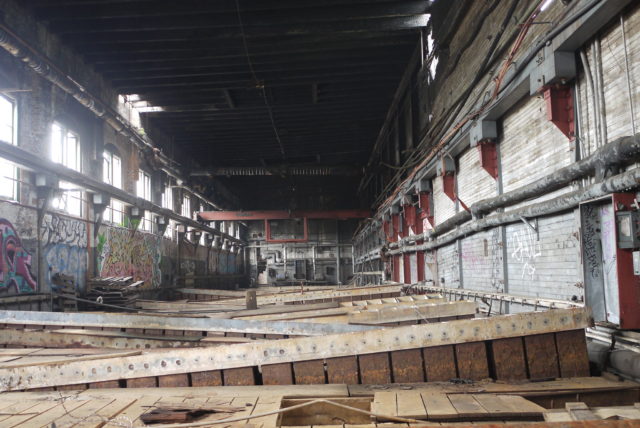
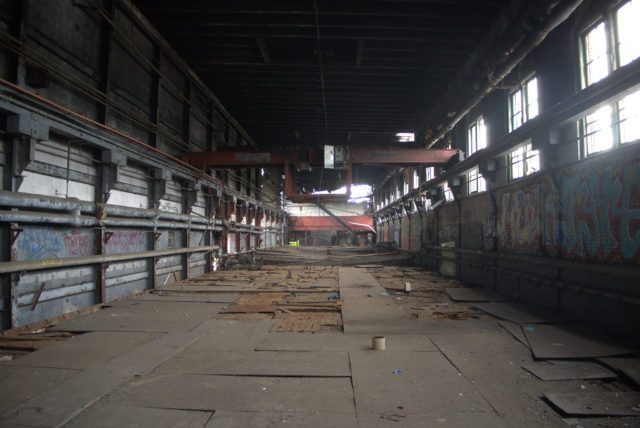
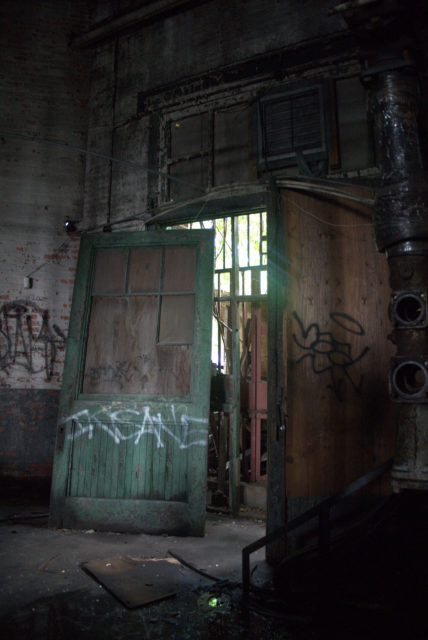
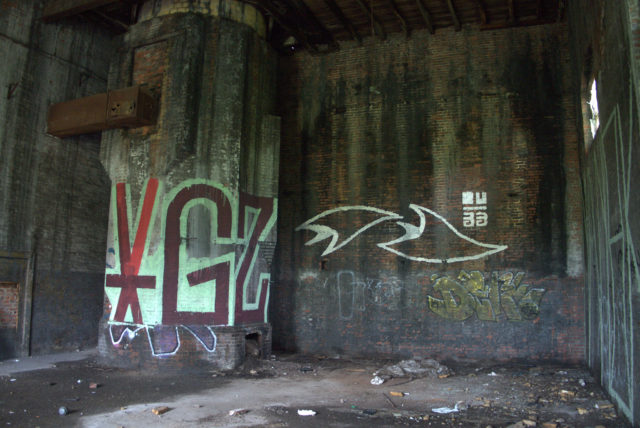
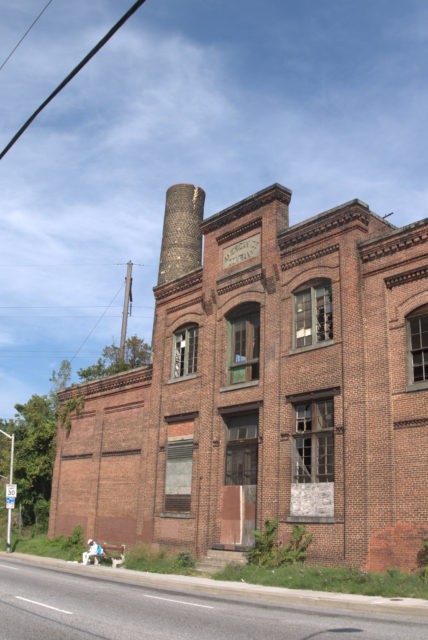
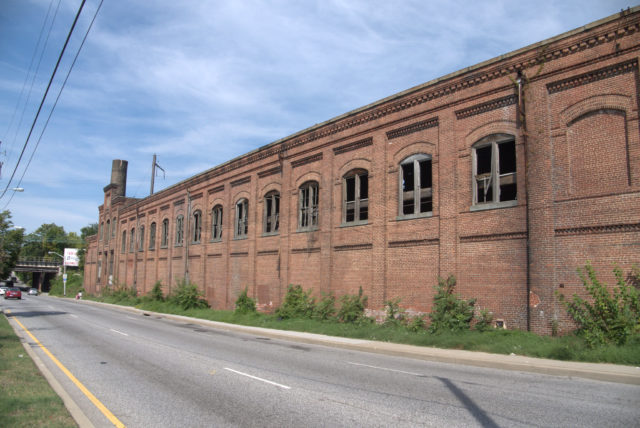
Another Article From Us: Abandoned Patarei Sea Fortress Prison, Tallinn
